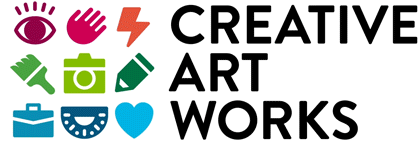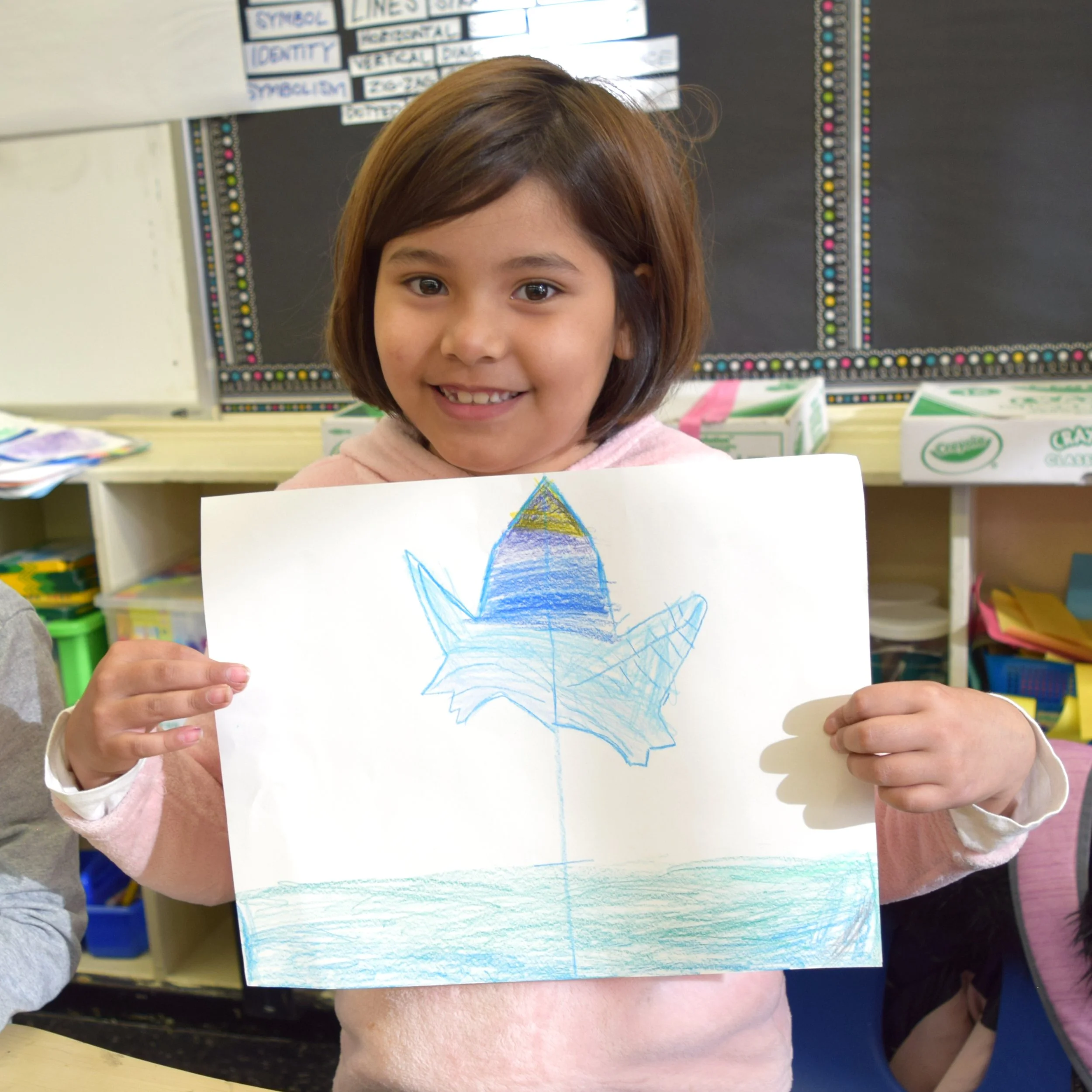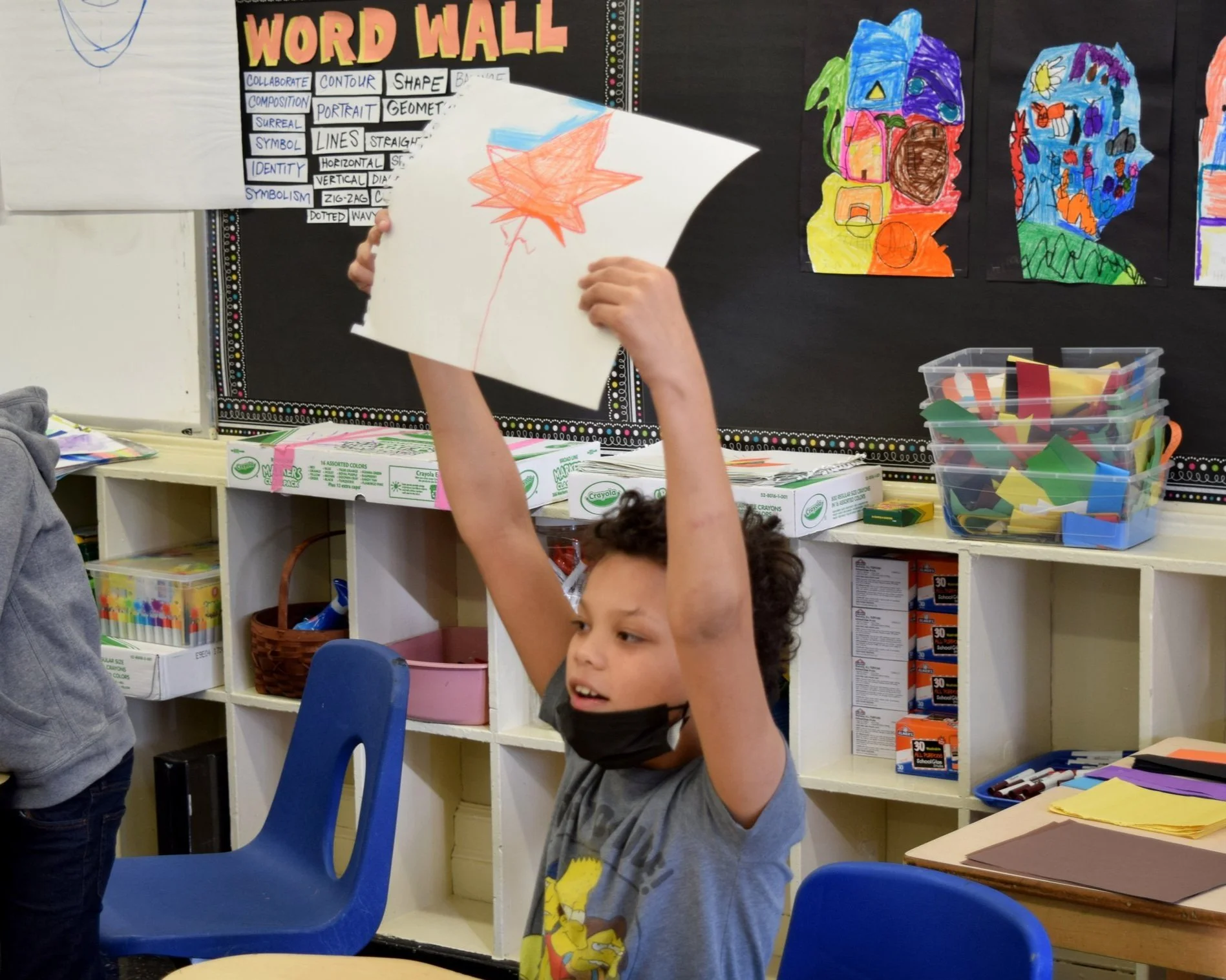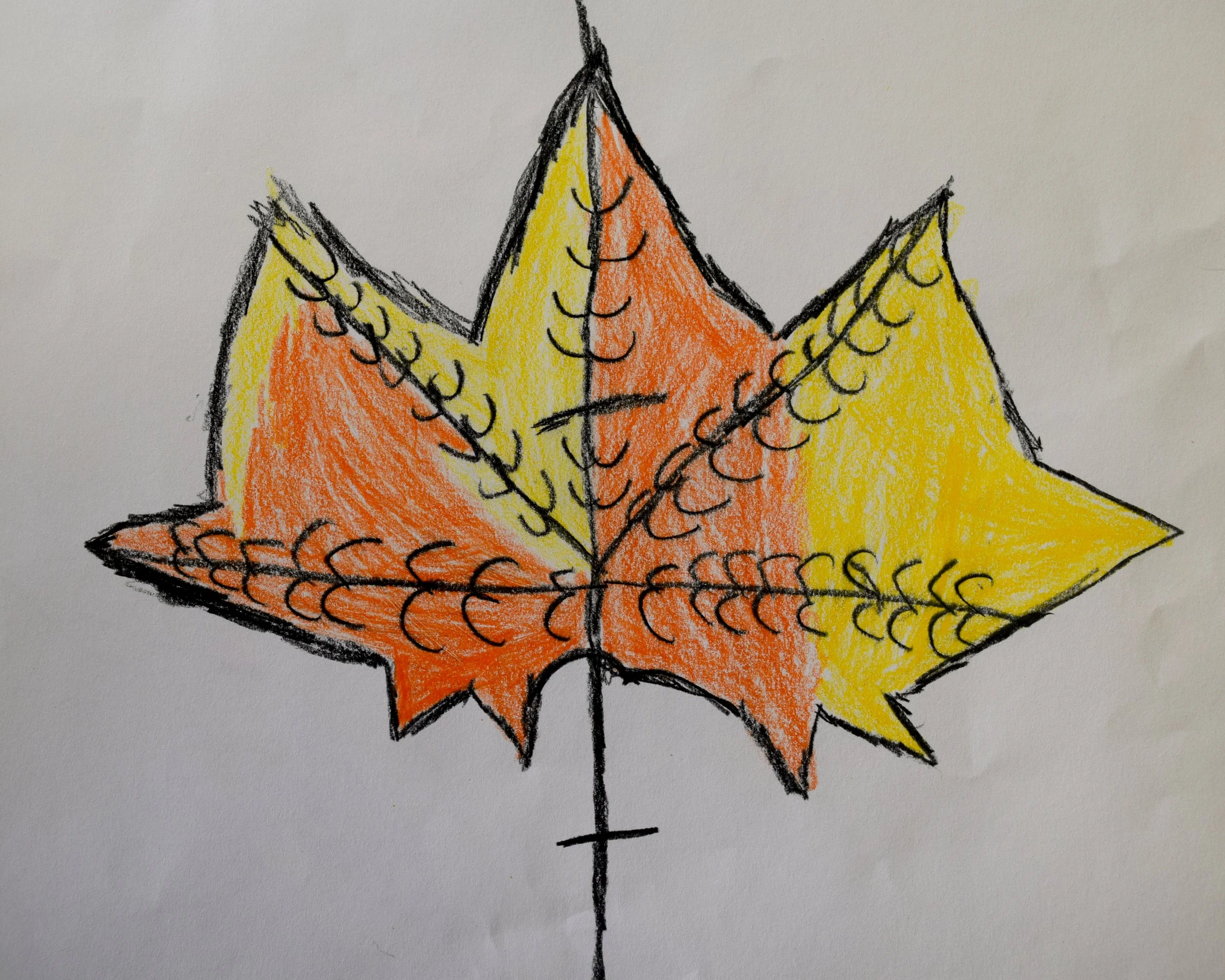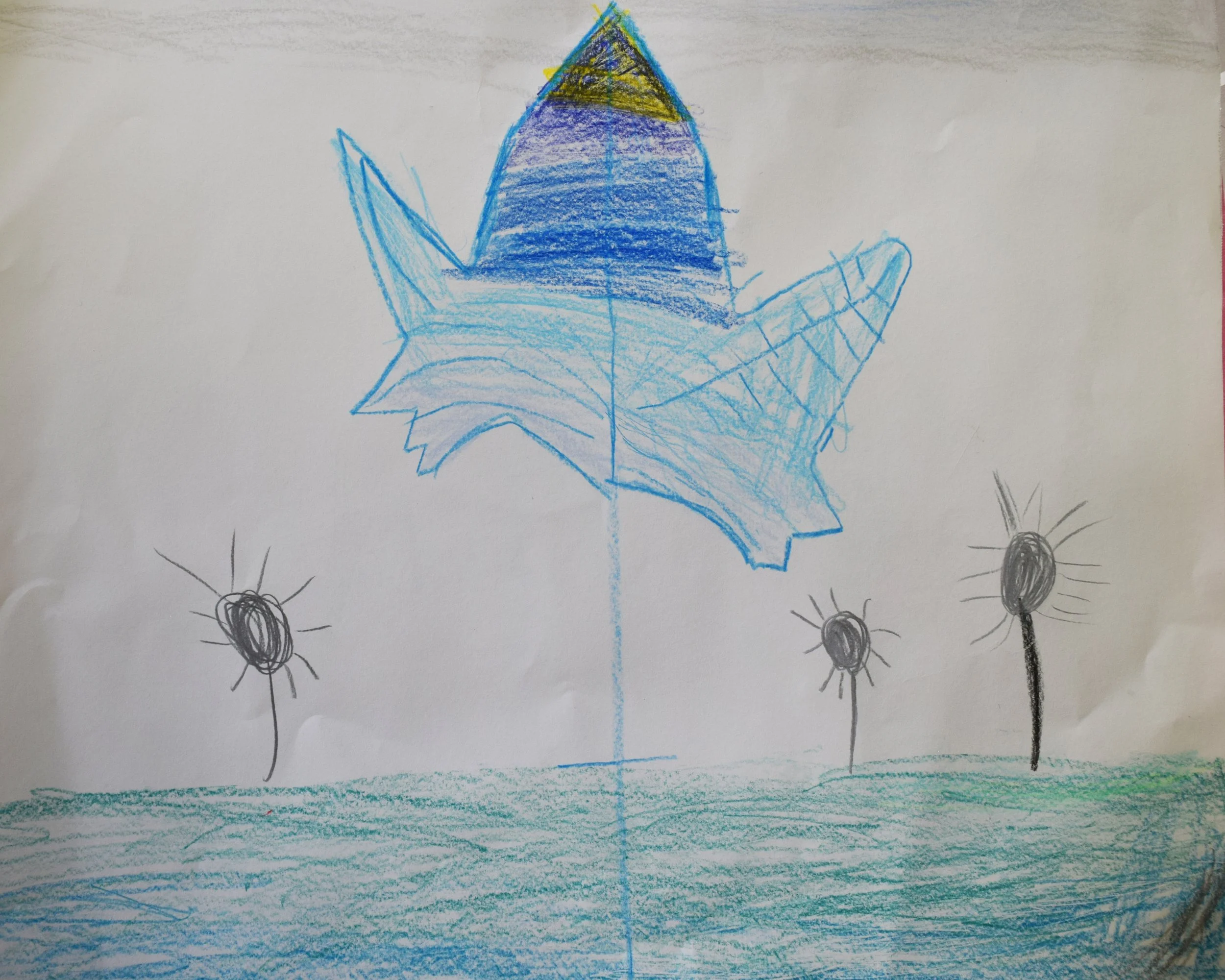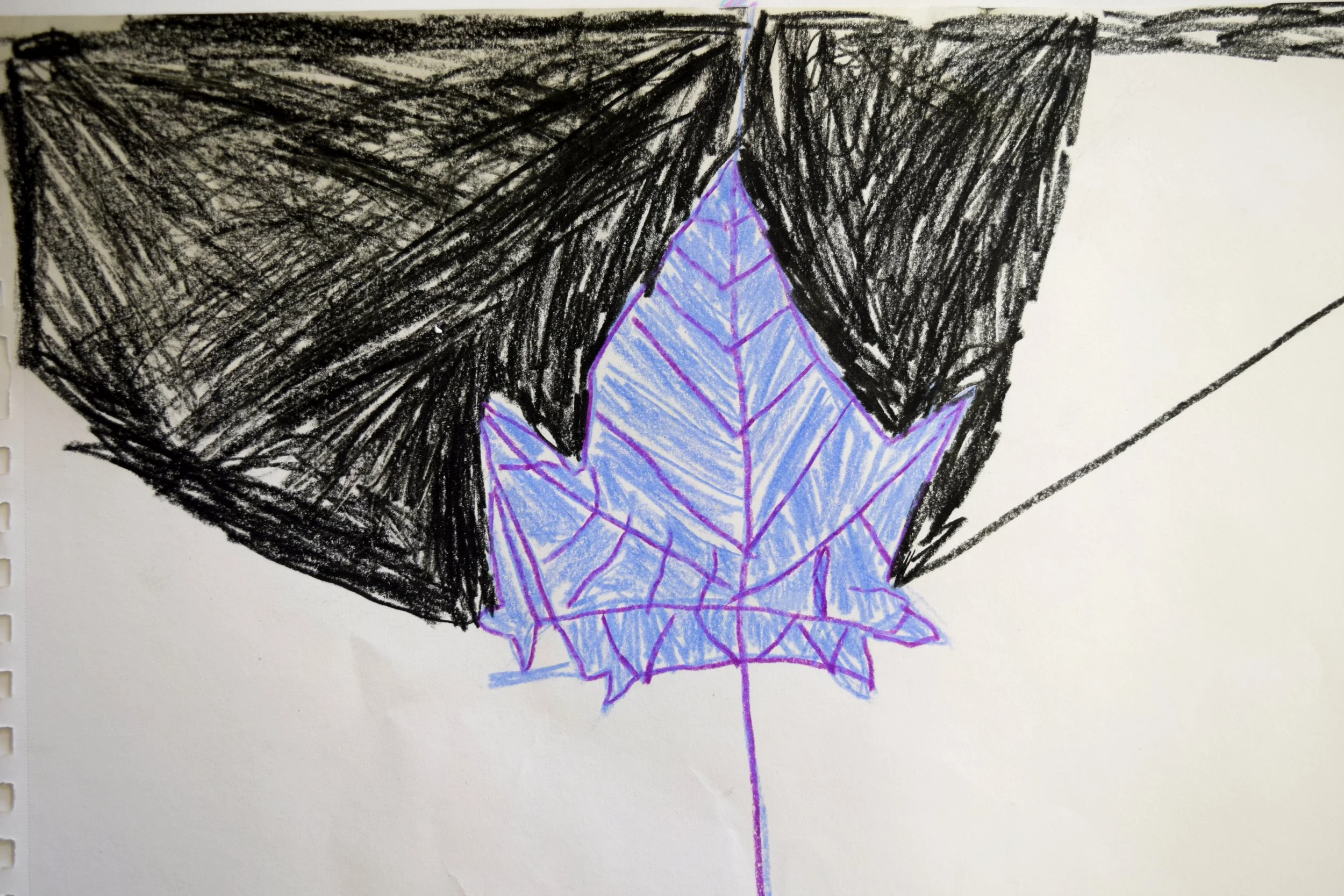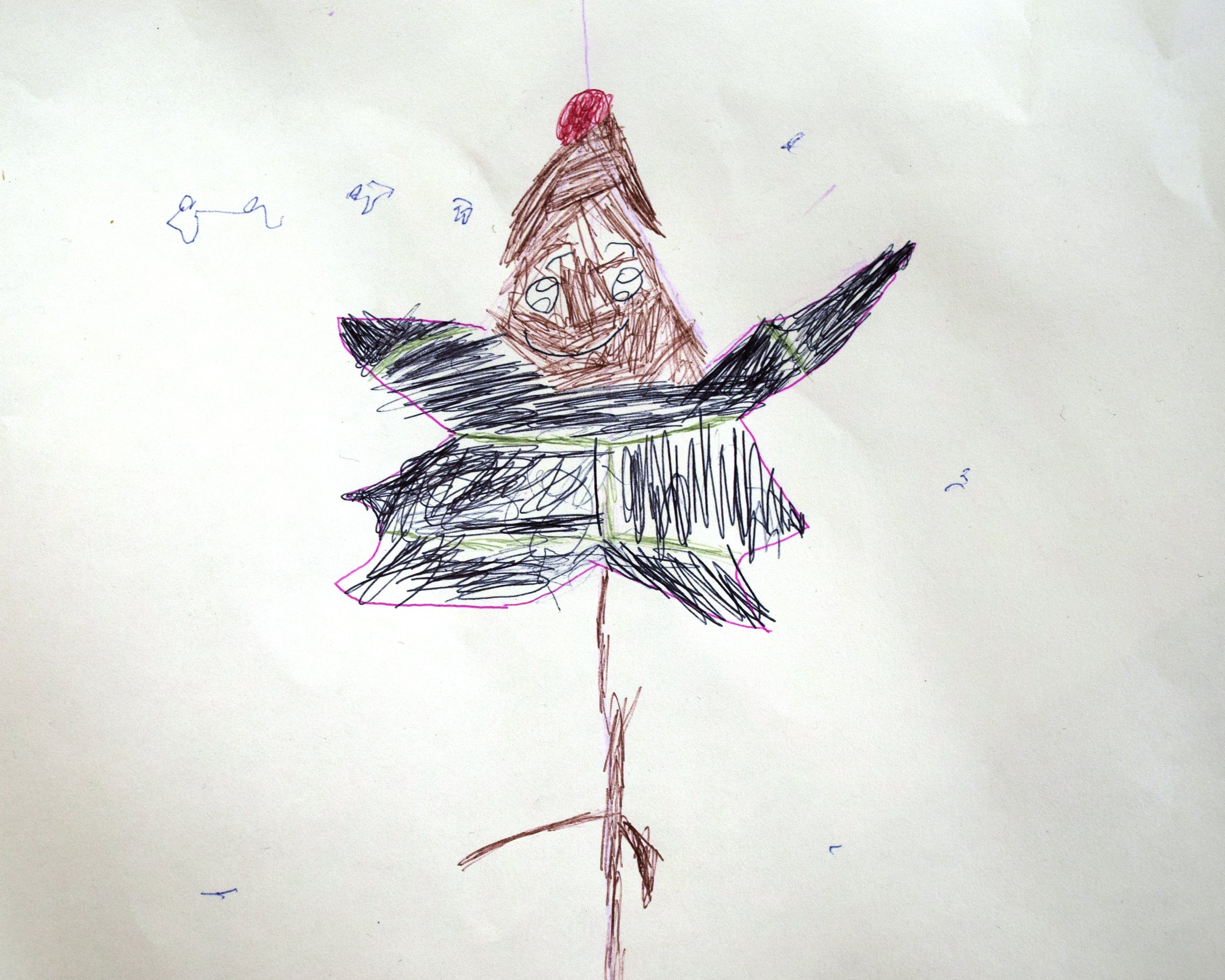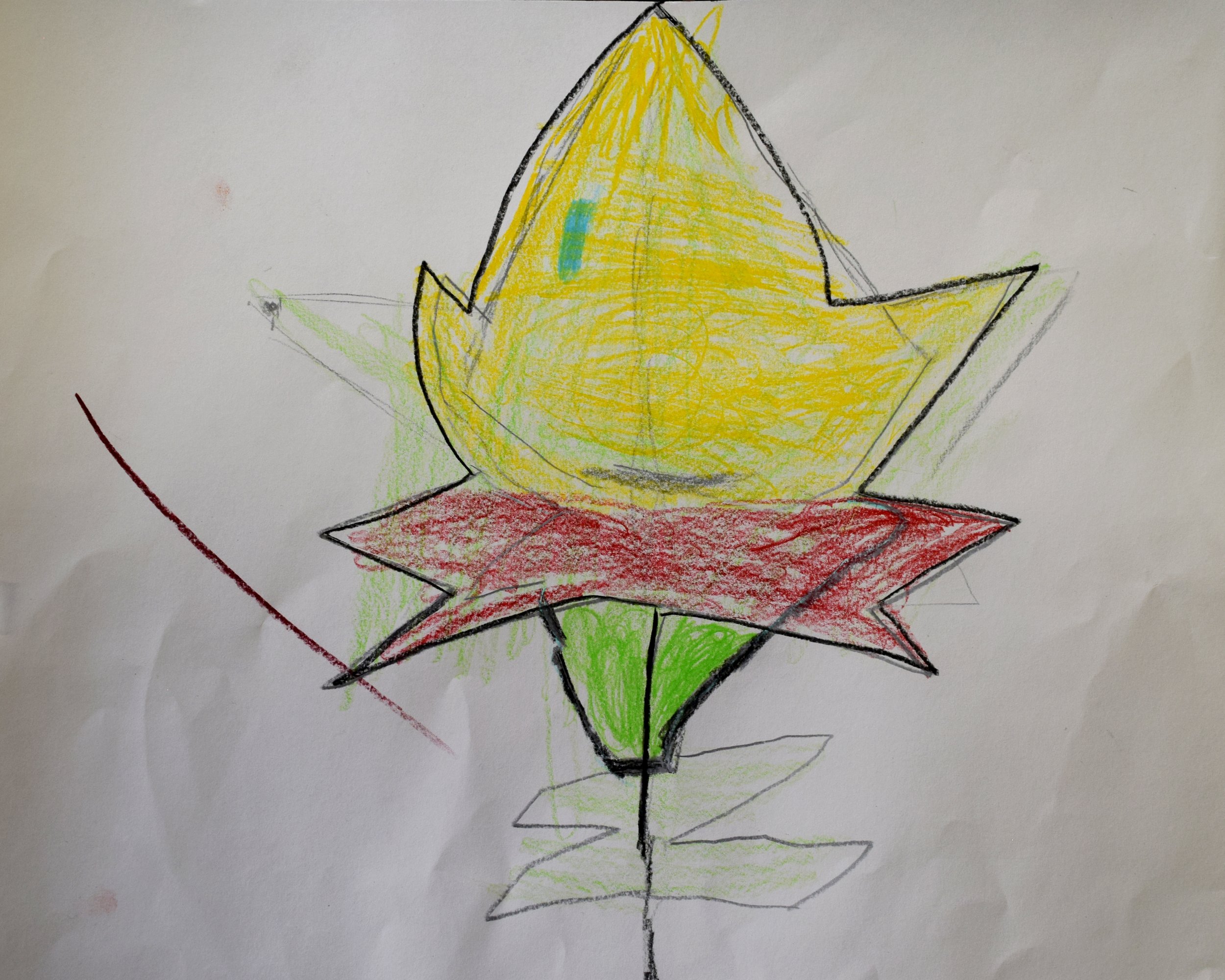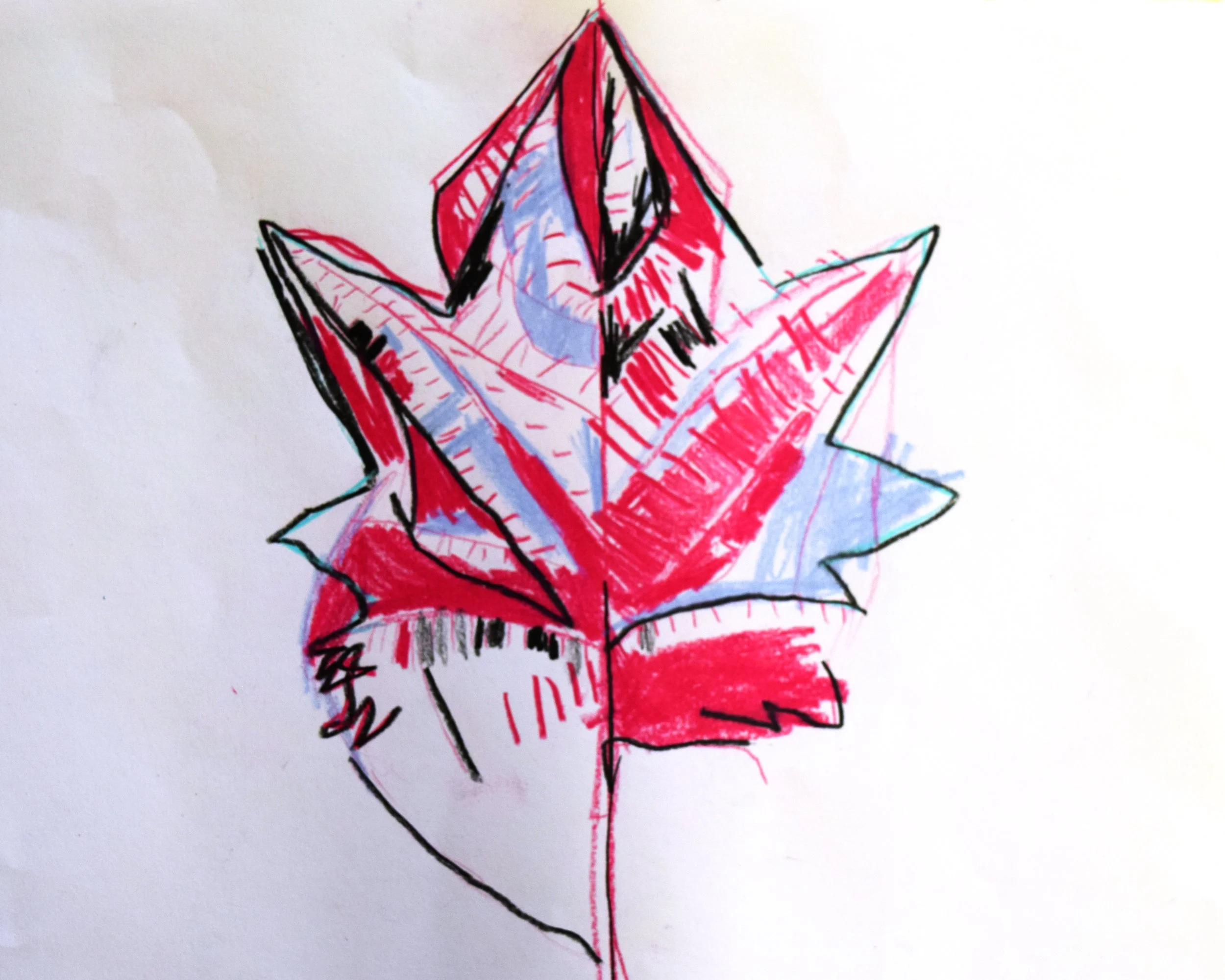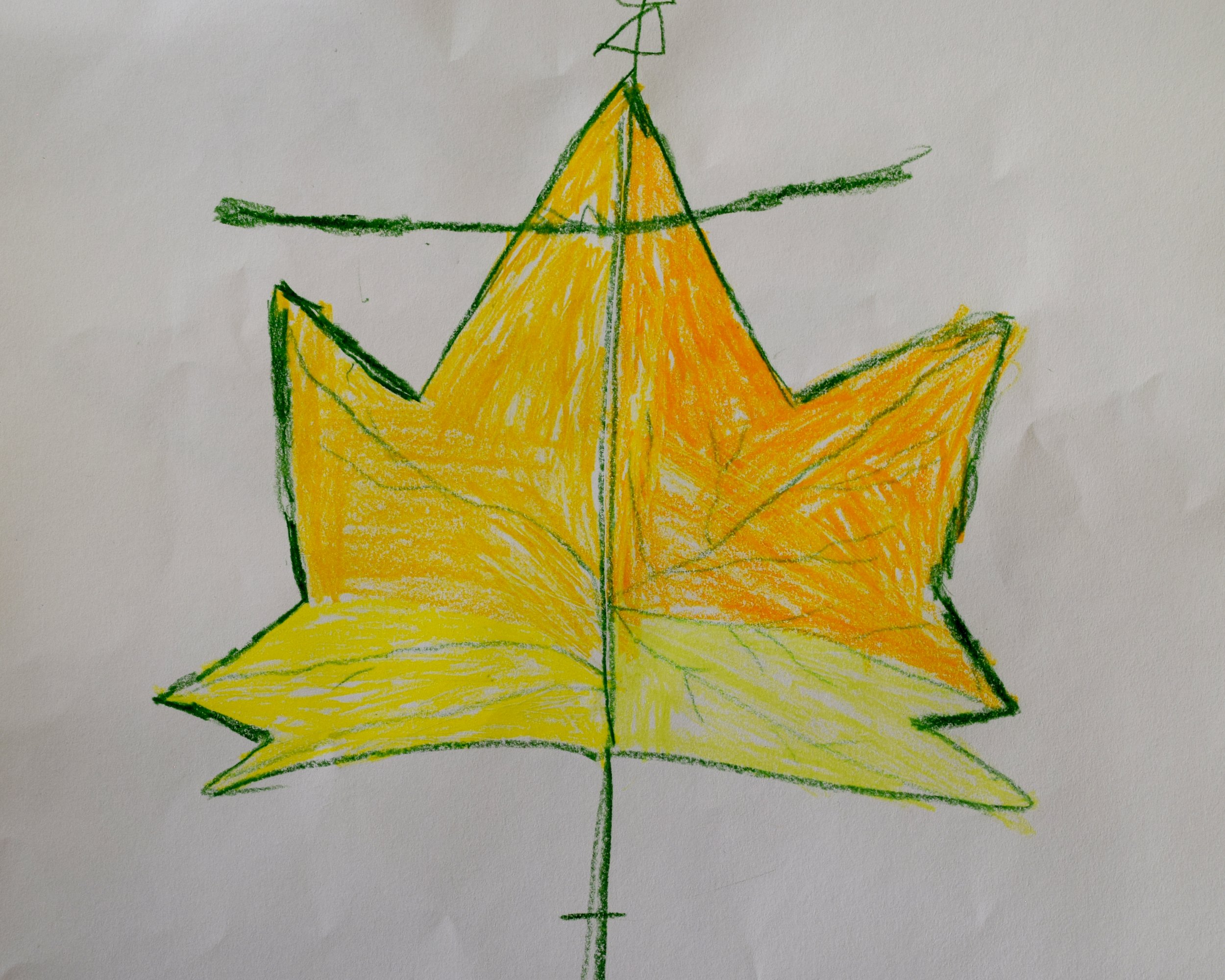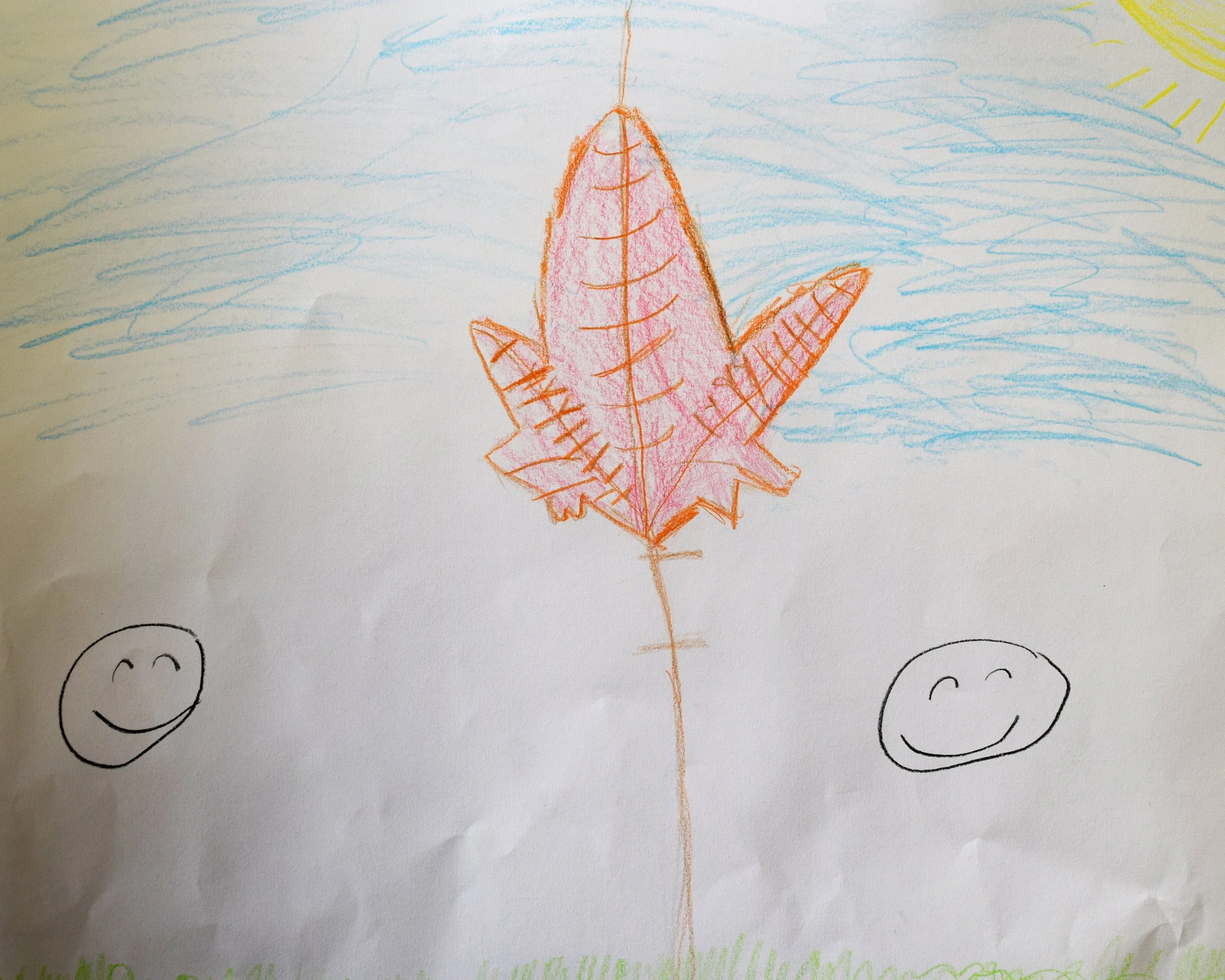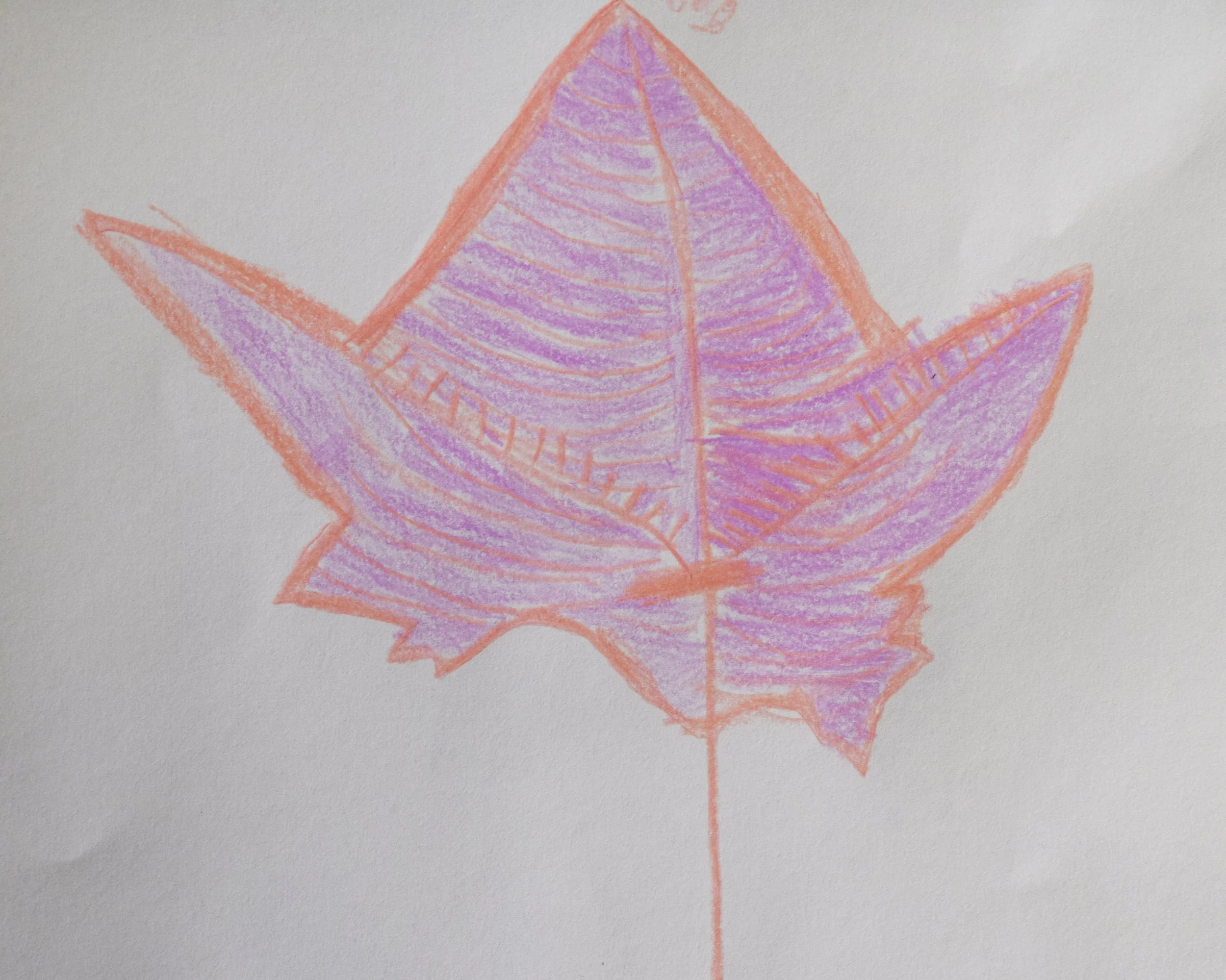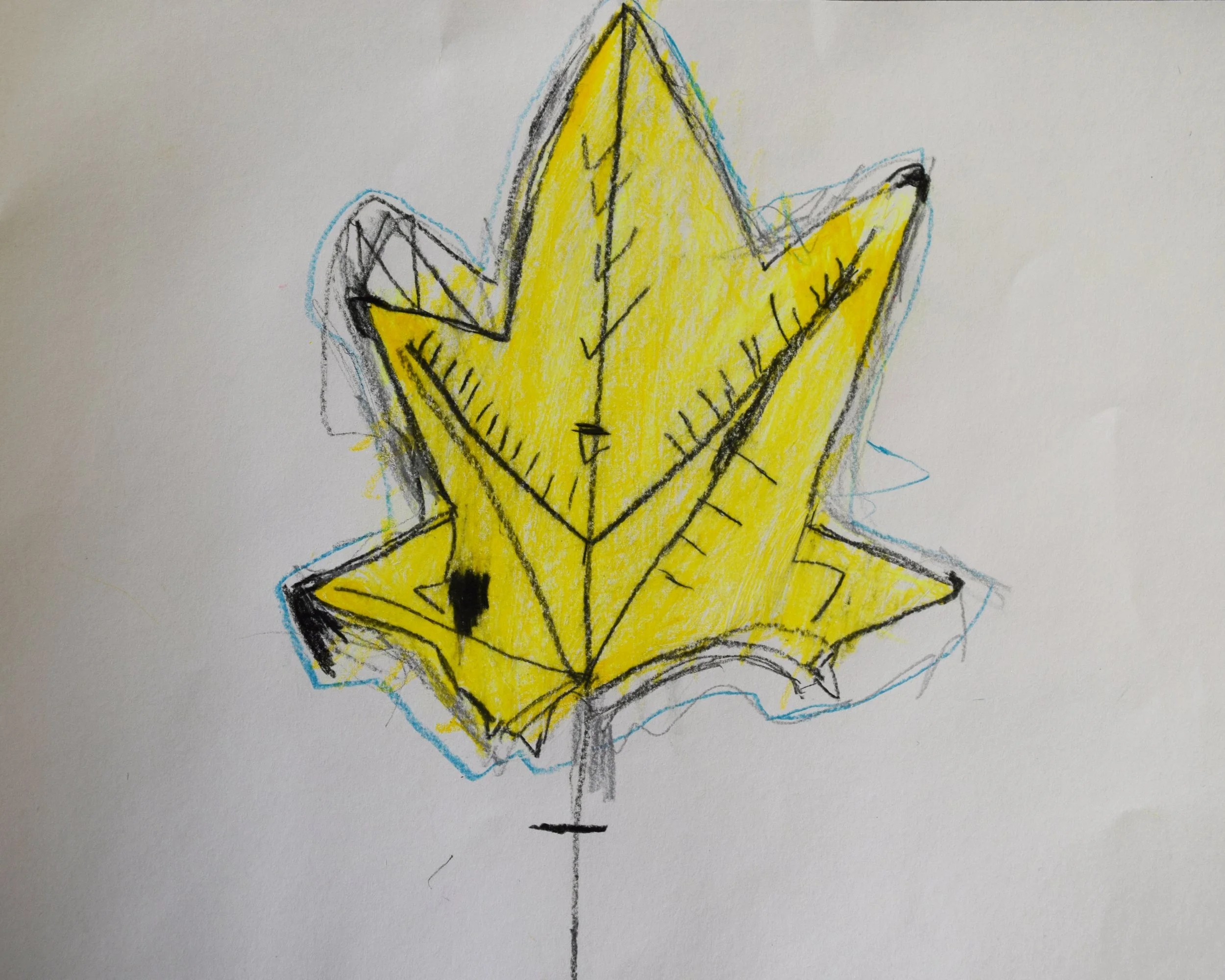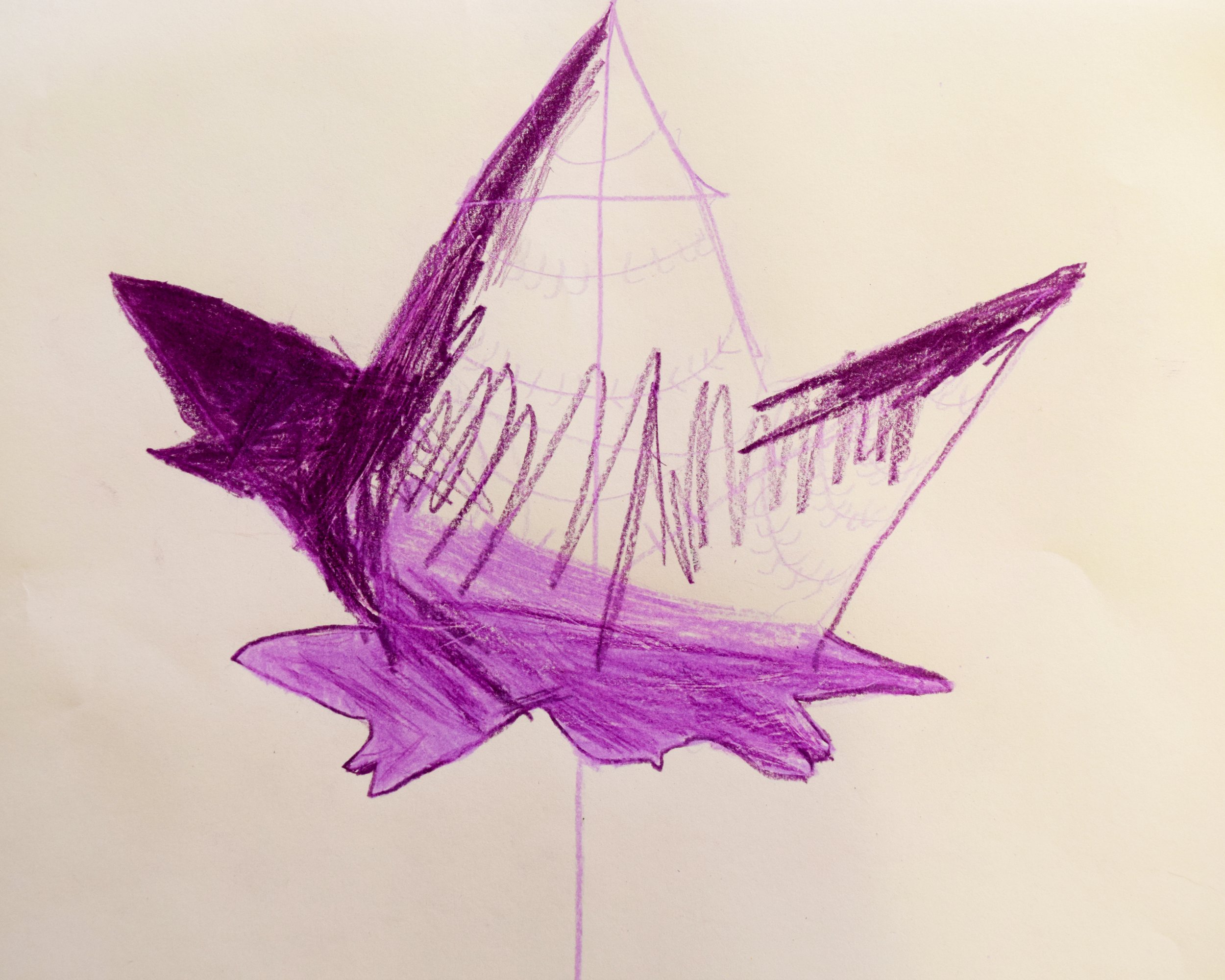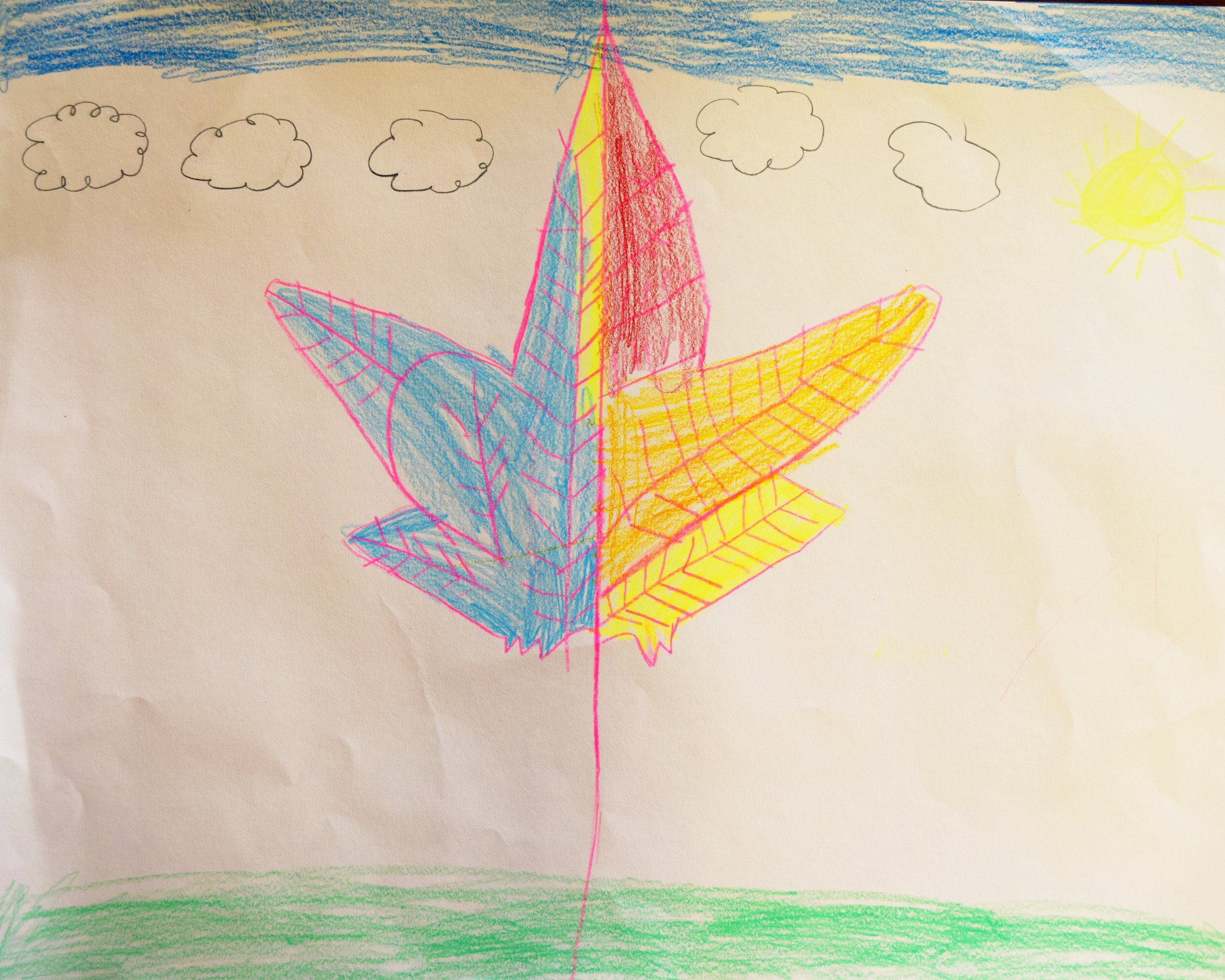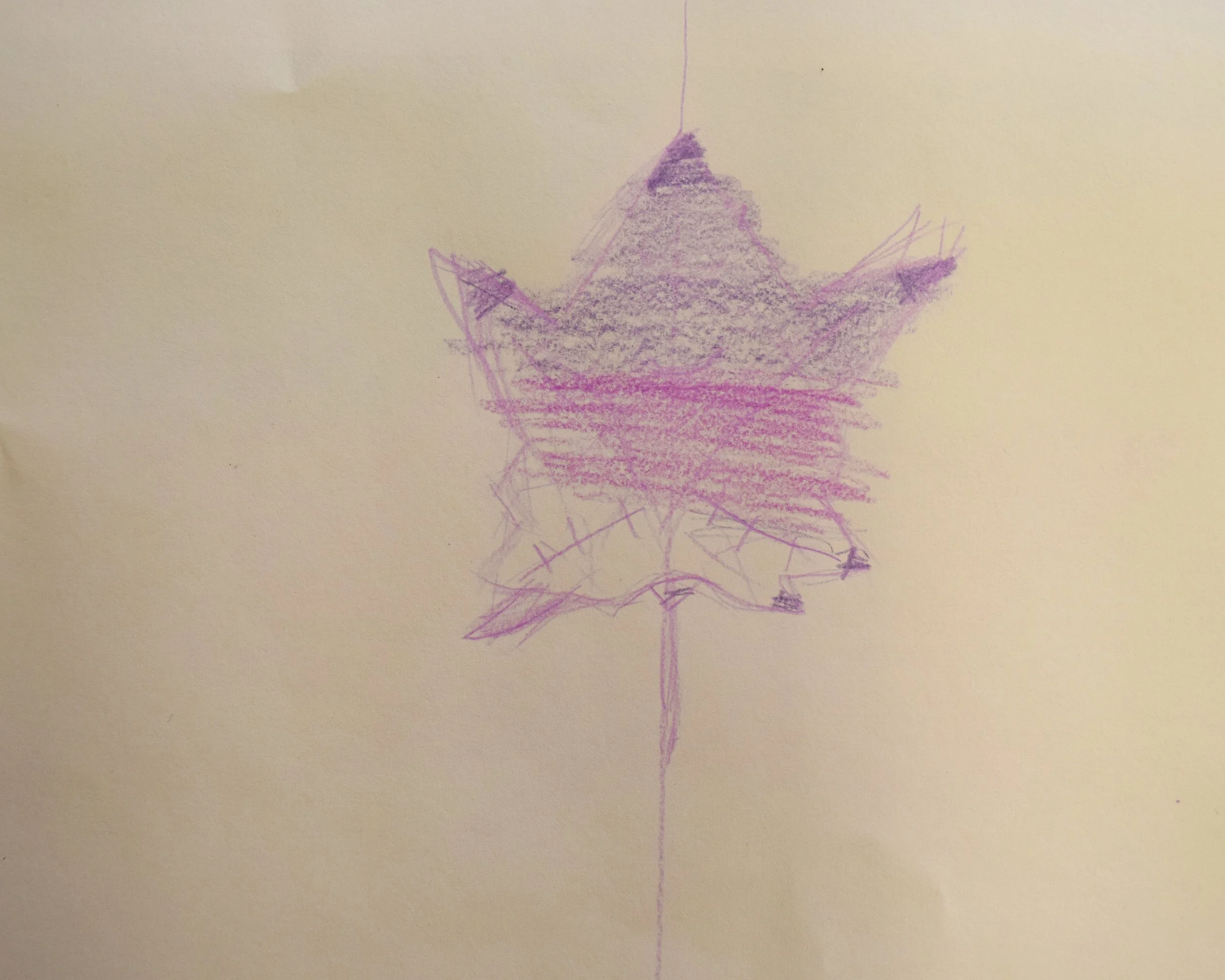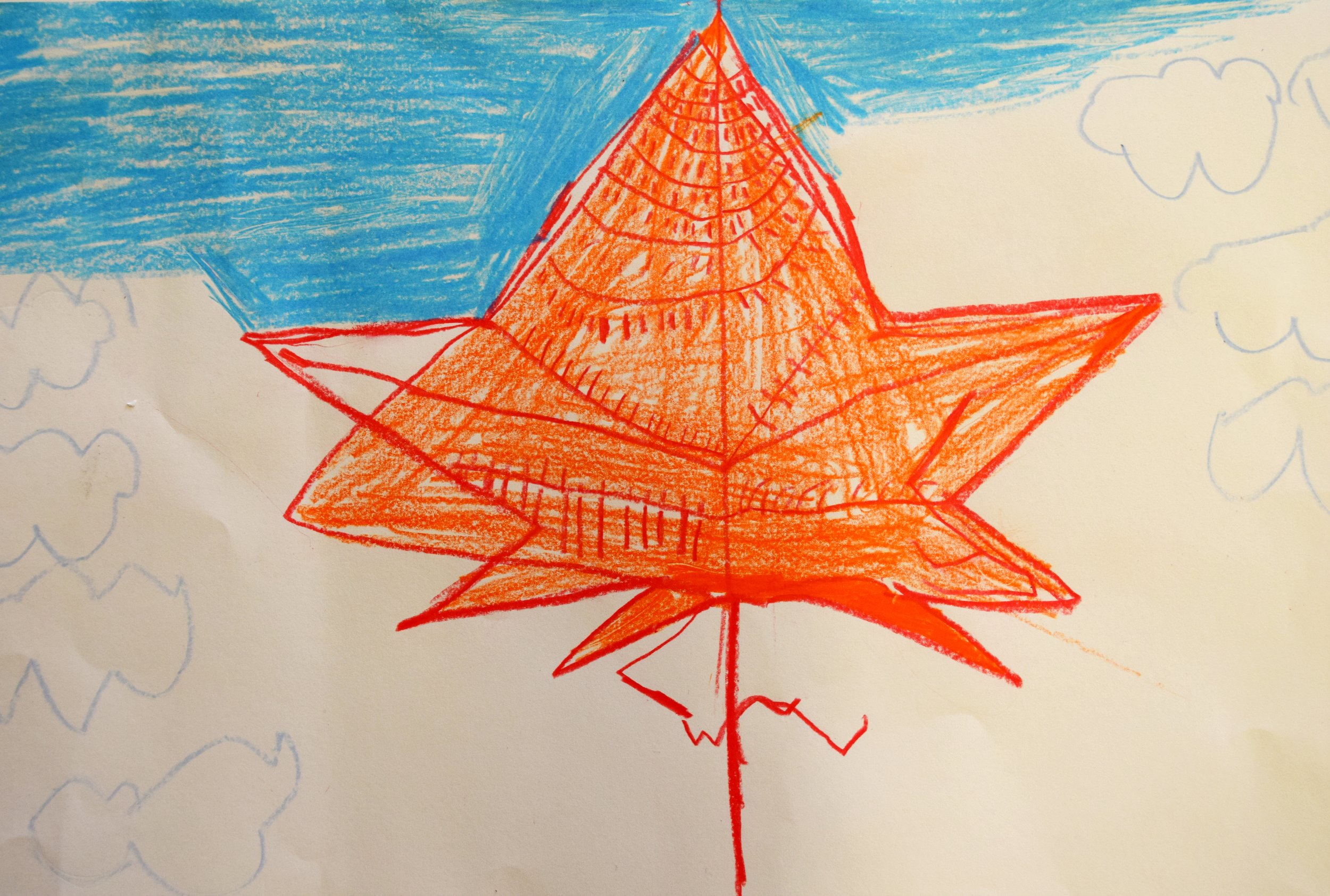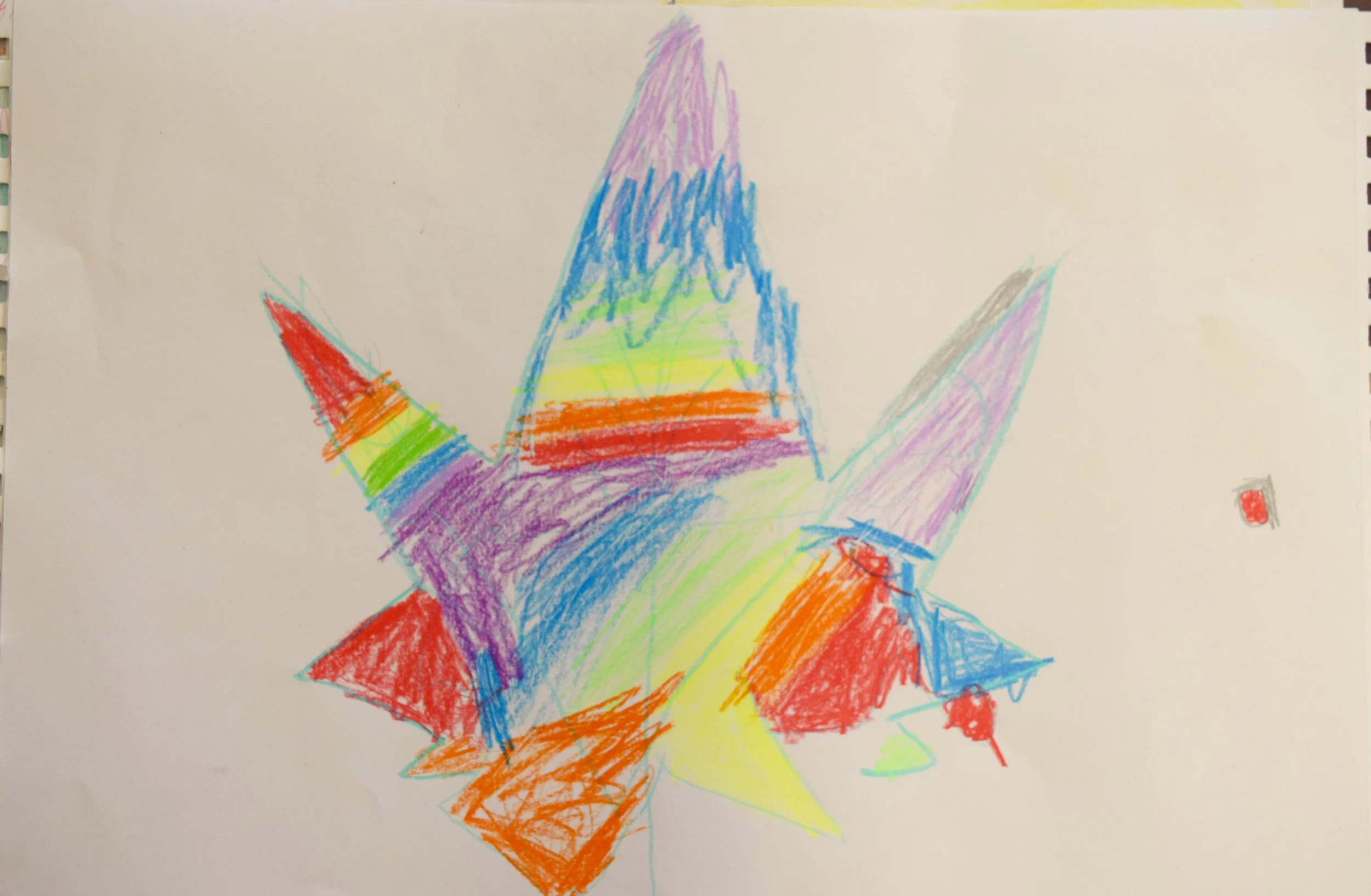A Thousand Ways to Draw a Leaf
On a brisk fall morning at PS/MS 4 in Crotona Park West, Creative Art Works Teaching Artist Liv Mourao is teaching third-grade students how to draw a maple leaf. The step-by-step approach is meant to demonstrate that anything that you might want to draw can be broken down into basic shapes. (A maple leaf is essentially a collection of triangles.) Along the way, students pick up some new vocabulary, or reinforce recently acquired words, such as: symmetry, asymmetry, balance, and angles. They also improve fine motor skills, practice active listening, and find the confidence to try out new things within the structure of the lesson.
“There is freedom in structure. Structure lays the foundation that allows creativity to flourish.”
All the students start off with the same handful of lines, yet in the end, each drawing is as unique as a signature. They are certainly all recognizable as leaves, but there is an explosion of colors, styles and techniques, as you can see in the gallery below.
Teaching Artist Liv Mauro
Hands-on learning is not only a joyful experience for students, it also offers real academic benefits, particularly for young learners. For starters, it engages multiple senses and different learning modalities. Students learn in real time, trying out ideas, receiving immediate feedback, and making adjustments as they go. For students who find core subjects difficult, classes that include lots of hands-on learning give them a reason to want to go to school. And creating things in the real world helps students visualize abstract concepts.
Finally, when so much of education requires retaining and repeating information, art classes offer students a rare opportunity to show teachers and parents how they see the world. It is an opportunity to explore and take chances without fear of being “wrong.” It's a world where a leaf can be any color you want it to be.
